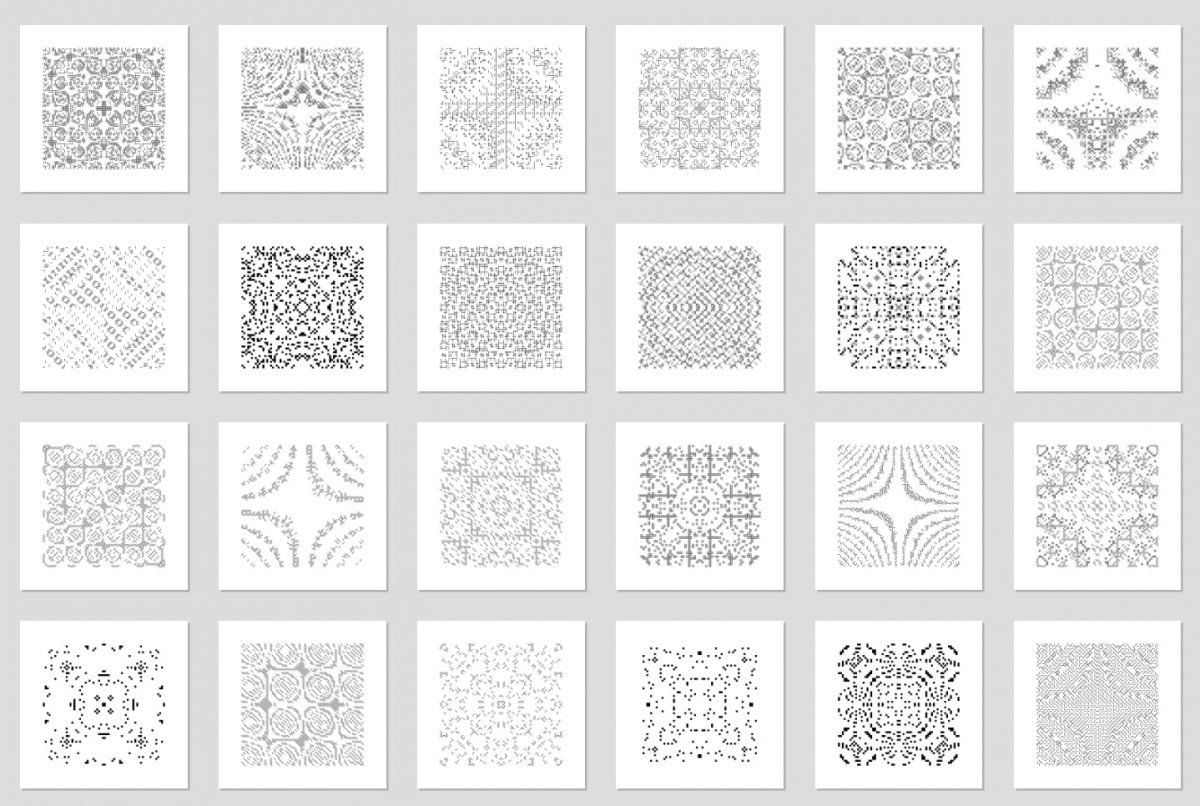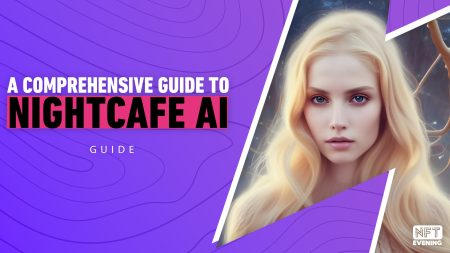Amid the growing popularity of NFTs, generative art NFTs have become one of the most sought-after NFT art forms. Indeed, the rise of dedicated generative art platforms like Art Blocks and fxhash have helped take these NFTs to the wider crypto art community. So much so that some of these NFTs have fetched hundreds of thousands of dollars.
In this guide, we’ll take a look at the basics of generative art NFTs. Here’s what we’ll cover: What is generative art and what are generative art NFTs? What are the top-selling generative art NFT projects and where can you buy them?

What is generative art?
Essentially, generative art is a form of art that is generated by computer code. To explain, an autonomous system follows a code—consider it as a set of rules—that an artist has created to generate a unique piece of art. These rules can range from the colours and patterns involved to the number of iterations and randomness. In short, an autonomous system and an artist together create generative art.
Often, artists use artificial intelligence to bring their creations to life. Algorithms, geometry, and a certain degree of randomness form the crux of generative art. The end result is a piece of unique artwork that even the artist can’t predict!
Generative art as NFTs
As a matter of fact, generative art has existed since the early 1960s. However, it was only in 2021 that artists started uploading creative codes to blockchains to create generative art NFTs. Put simply, generative art NFTs are generative art created using a smart contract and stored on the blockchain.
As usual, generative art NFTs are created by running a code—irrespective of whether it is developed into an NFT or not. Typically, artists create a set of images and add certain rules to the code. Then, the algorithm automatically creates the underlying artwork by randomly combining the images or patterns in accordance with the rules set by the artist.
The most appealing aspect of these NFTs is the level of uniqueness in the minted piece. In addition, there’s the surprise element—neither the collector nor the artist will know what the final piece will look like.
The top-selling generative art NFT projects
Now that we have covered the basics of generative art, let’s take a look at some of the top-selling generative art NFT projects:
Autoglyphs by Larva Labs
Developed by Larva Labs, the creators of CryptoPunks, Autoglyphs is touted as the first on-chain generative art NFT project. According to the developers, Autoglyphs are “an experiment in generative art, each one unique and created by code.”
Back in 2019, anyone could mint these NFTs by paying 0.2 ETH (around $35 at the time). However, the Autoglyphs’ supply was limited to 512. Due to their extreme scarcity, these historic NFTs currently have a floor price of 189 ETH (around $230,000).

Fidenza by Tyler Hobbs
Tyler Hobbs’ Fidenza is one of the most recognised generative art NFT projects on Art Blocks. It includes a total of 999 NFTs and the cheapest NFT will cost you at least 83 ETH (around $102,000). Hobbs launched these NFTs, featuring colourful pastiches, in June 2021.
Lost Poets by Pak
Lost Poets is a “multi-stage NFT collectible and a strategy game”. Pak, one of the most acclaimed artists in the space, launched the project in September 2021. The first installment of the project, called “Pages”, featured 65,536 single, multi-edition NFTs. What’s more, an AI generated each NFT in the collection.

Solvency by Ezra Miller
The brainchild of Ezra Miller, Solvency is a limited edition collection of WebGL (an open-source standard for 3D animation on the web) artworks. In essence, Solvency contains 500 editions of artworks generated based on the hash of the token the collector minted. In other words, the hash influences the patterns and textures of the artwork, some rarer than others.
Ringers by Dmitri Cherniak
Created by Canadian artist and coder, Dmitri Cherniak, Ringers includes 1,000 generative art NFTs. These are characterised by a series of “strings and pegs”. The collection was generated on the Art Blocks platform and is one of its top-selling NFT collections. It currently has a floor price of 44.9 ETH.

Where To Buy generative NFT art
With generative art NFTs becoming increasingly popular, several dedicated platforms have now come up to cater to generative art fans. Amid this, Ethereum-based Art Blocks has established itself as the go-to platform for generative art. According to its website, the platform focuses on “genuinely programmable on-demand generative content.”
Another popular NFT marketplace is fxhash. Based on the Tezos blockchain, fxhash is an “open platform to create and collect generative NFTs”. Of course, you can also buy NFT art from other popular NFT marketplaces like OpenSea, LooksRare, and KnownOrigin.
At the end of the day, if the numbers are any indication, generative art NFTs are in high demand. While this demand is likely to continue, it’s still too early to tell how they will fare in the long term. To be sure, as indicated by most top generative art collections, the artist’s popularity and the historical significance of the pieces are instrumental to their value.
Finally, as always, make sure to do your own due diligence before making any investment decisions.
All investment/financial opinions expressed by NFTevening.com are not recommendations.
This article is educational material.
As always, make your own research prior to making any kind of investment.








